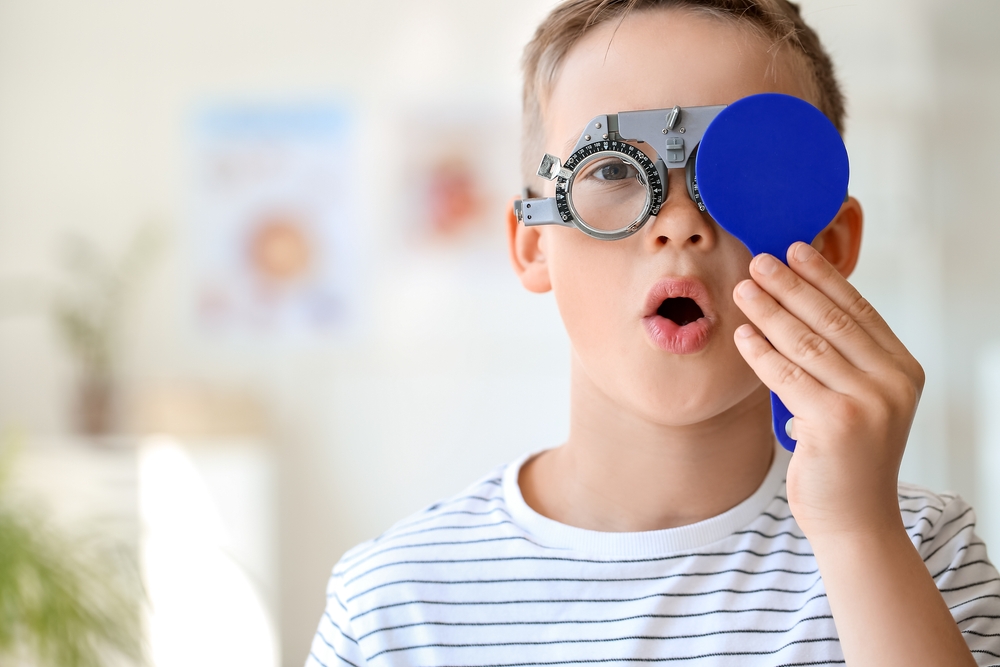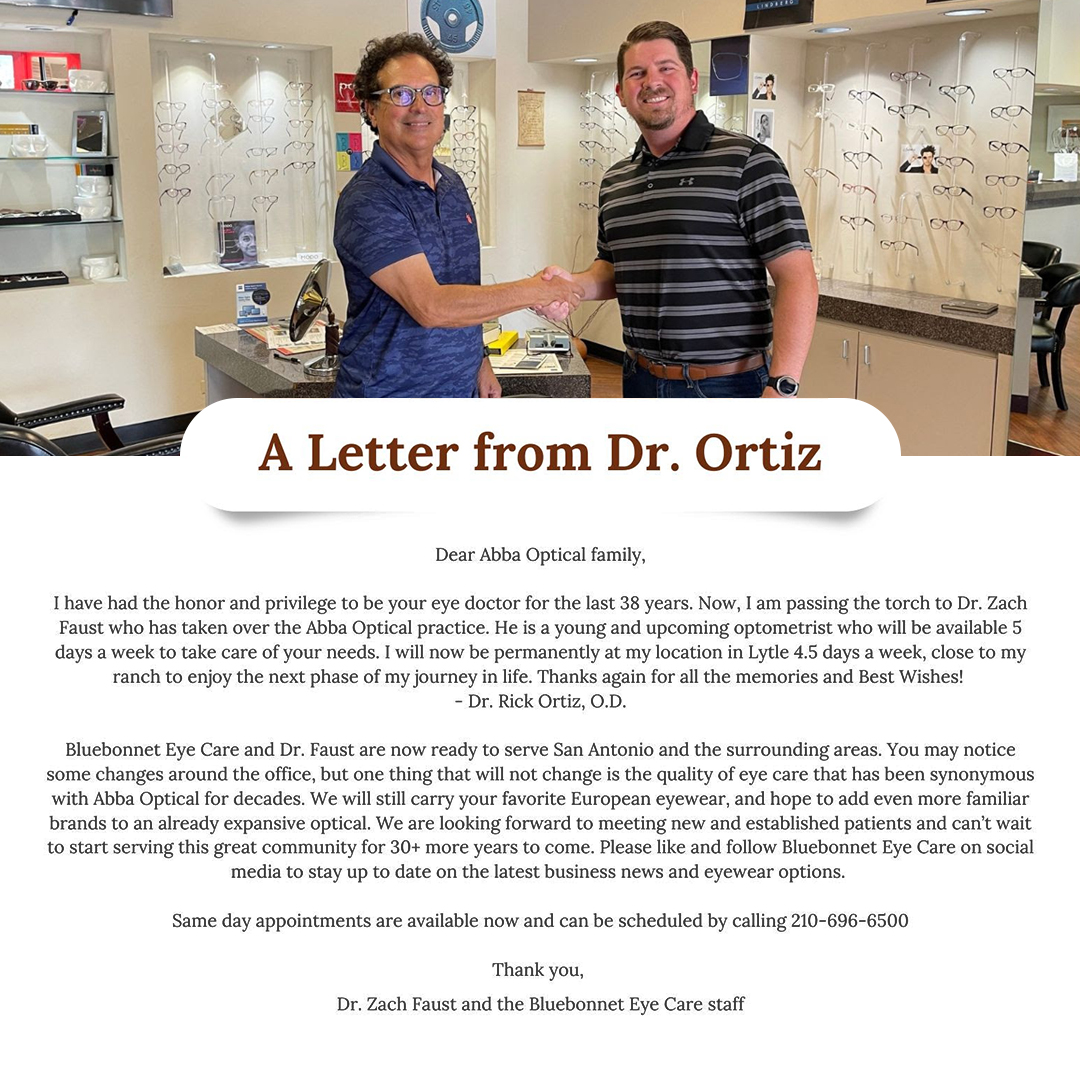
Myopia is a common vision condition that affects the ability to see distant objects clearly. This condition is particularly prevalent among children, with rates steadily increasing worldwide. Understanding the nature of myopia and its impact on children's visual development is crucial for implementing effective management strategies.
Causes and Risk Factors of Myopia in Children
The development of myopia in children is influenced by a combination of genetic and environmental factors. Research has shown that children with parents who have myopia are at a higher risk of developing the condition themselves. Additionally, factors such as excessive near-work activities, prolonged screen time, and lack of outdoor time have been linked to the onset and progression of myopia in children.
Recognizing the Symptoms of Myopia in Children
Recognizing the symptoms of myopia in children is crucial for early detection and management. Some common signs of myopia include:
- Difficulty seeing distant objects clearly, such as the blackboard or road signs
- Squinting or closing one eye to see better
- Frequent headaches or eye strain
- Sitting closer to the television or computer screen
- Avoiding activities that require good distance vision
If you notice any of these symptoms in your child, it is important to schedule a comprehensive eye examination with an eye care professional. Early detection and intervention can significantly improve the management of myopia and prevent further vision problems.
The Importance of Slowing Myopia Progression in Children
Slowing the progression of myopia in children is crucial for several reasons:
- Reducing the Risk of Complications: Unchecked myopia can lead to more severe vision problems, such as retinal detachment, glaucoma, and cataracts, later in life. By slowing the progression, you can help reduce the risk of these potentially sight-threatening complications.
- Improving Quality of Life: Myopia can significantly impact a child's daily activities, including academic performance, sports, and social interactions. Slowing the progression can help maintain good vision and improve the child's overall quality of life.
- Long-term Cost Savings: Managing myopia in children can lead to long-term cost savings by reducing the need for stronger prescriptions, specialized treatments, and potential vision-related complications in adulthood.
Investing in effective myopia management strategies early on can have a profound impact on your child's visual health and well-being throughout their life.
Lifestyle Changes to Slow Myopia Progression
There are several lifestyle changes that can help slow the progression of myopia in children:
- Limit Screen Time: Excessive screen time, whether it's from smartphones, tablets, or computers, can contribute to the development and progression of myopia. Encourage your child to take regular breaks from digital devices and engage in other activities.
- Encourage Outdoor Activity: Spending more time outdoors, especially in natural light, has been shown to have a protective effect against myopia progression. Encourage your child to participate in outdoor games, sports, or simply take a walk in the park.
- Promote Good Posture and Lighting: Ensure your child maintains good posture when reading, writing, or using digital devices. Proper lighting and minimizing glare can also help reduce eye strain and fatigue.
- Ensure Adequate Nutrition: A balanced diet rich in nutrients such as vitamin A, omega-3 fatty acids, and antioxidants may contribute to eye health and potentially slow myopia progression.
- Prioritize Regular Eye Exams: Regular comprehensive eye examinations are crucial for monitoring your child's vision and identifying any changes or progression in myopia. Early intervention can make a significant difference in slowing the condition.
Myopia Management Methods for Children
There are several evidence-based myopia management methods that have been shown to be effective in slowing the progression of myopia in children. These methods include:
- Multifocal Lenses: Multifocal lenses, such as progressive addition lenses (PALs) or bifocal lenses, can help reduce the demand on the eyes during near-work activities, thereby slowing myopia progression.
- Orthokeratology (Ortho-K): Ortho-K involves the use of specially designed rigid gas-permeable contact lenses that temporarily reshape the cornea, reducing the need for corrective lenses during the day and slowing myopia progression.
- Atropine Eye Drops: Low-dose atropine eye drops have been shown to be effective in slowing the progression of myopia in children. The exact mechanism of action is still being studied, but it is believed to involve the inhibition of the eye's growth.
It is important to note that the effectiveness of these methods may vary depending on the individual child's needs and the severity of their myopia. A comprehensive eye examination and consultation with an eye care professional can help determine the most suitable myopia management approach for your child.
Managing Your Child’s Myopia with the Help of Bluebonnet Eye Care
Myopia is a prevalent vision condition that affects a growing number of children worldwide. However, with a comprehensive understanding of the causes, symptoms, and effective management strategies, parents and healthcare professionals can take proactive steps to slow the progression of myopia and safeguard children's long-term visual health.
Take the first step towards managing your child’s myopia by scheduling a comprehensive eye examination with our optometrist today. Together, we can develop a personalized plan to slow myopia progression and safeguard your child's visual health. Visit Bluebonnet Eye Care at our office in San Antonio, Texas, or call (210) 696-6500 to book an appointment.











